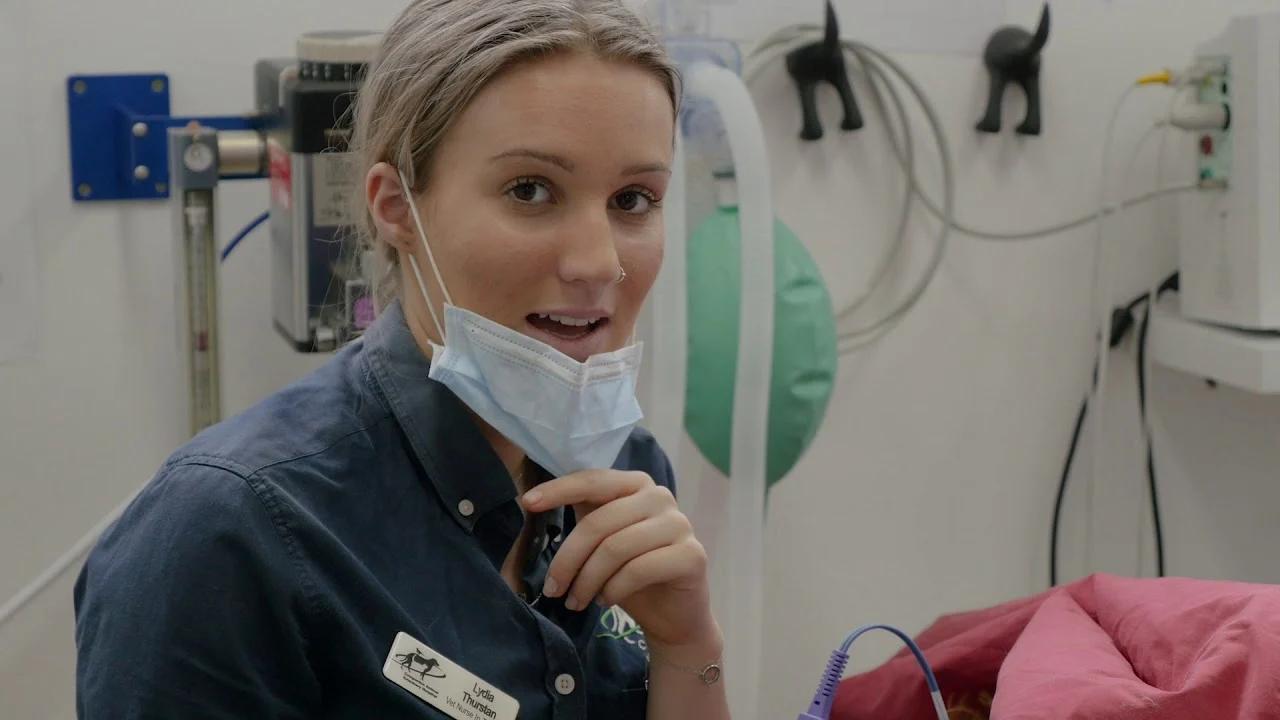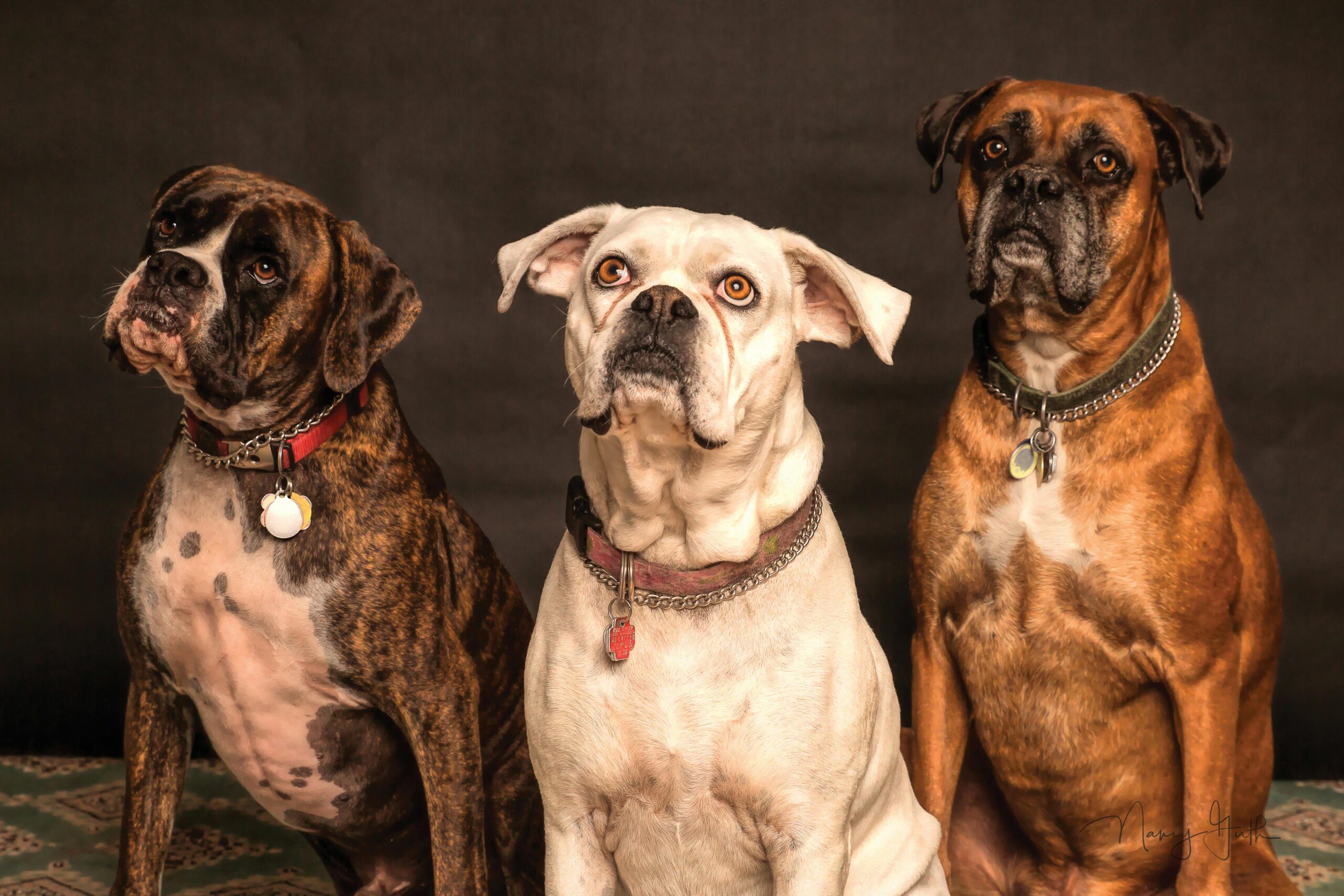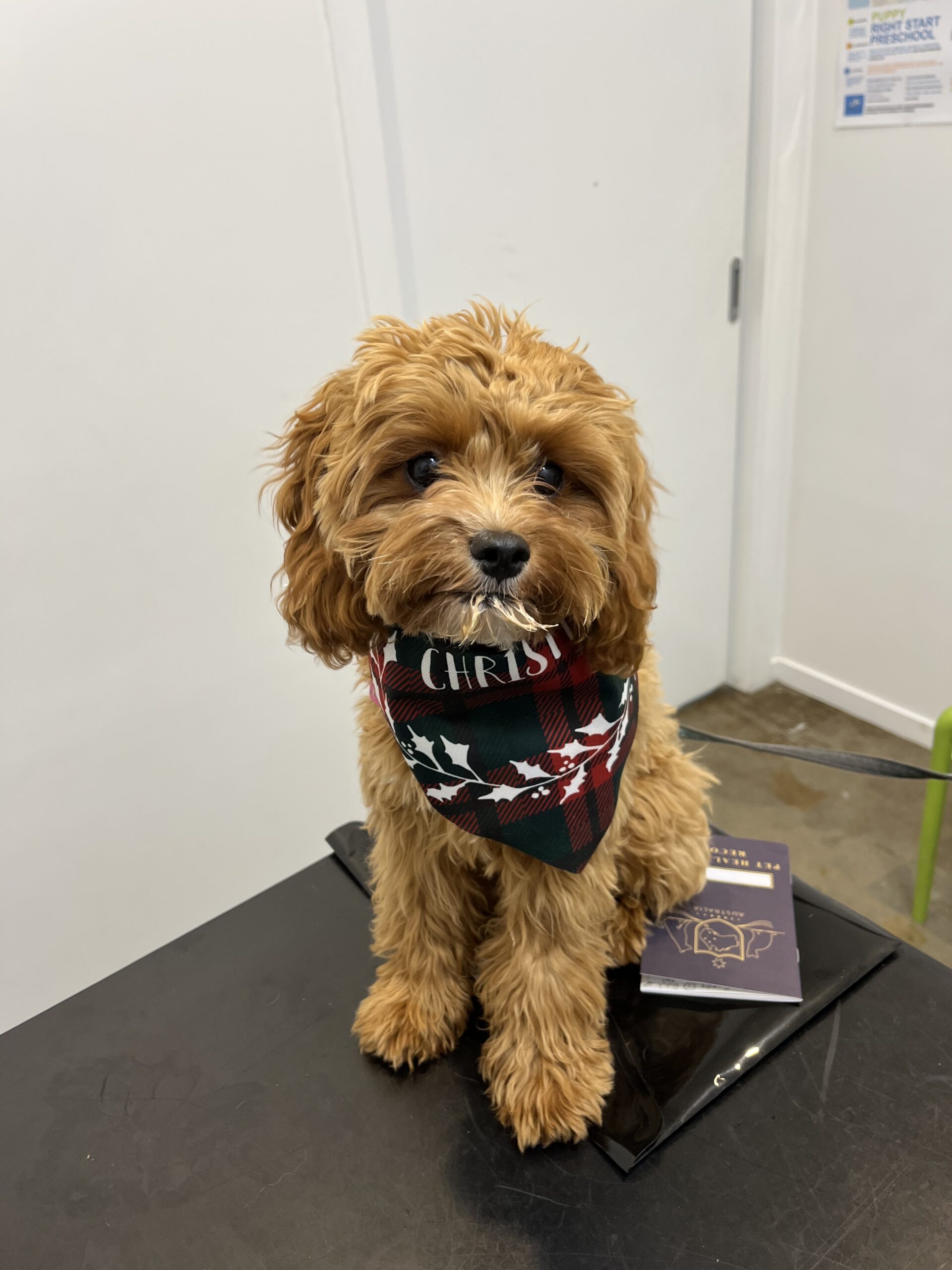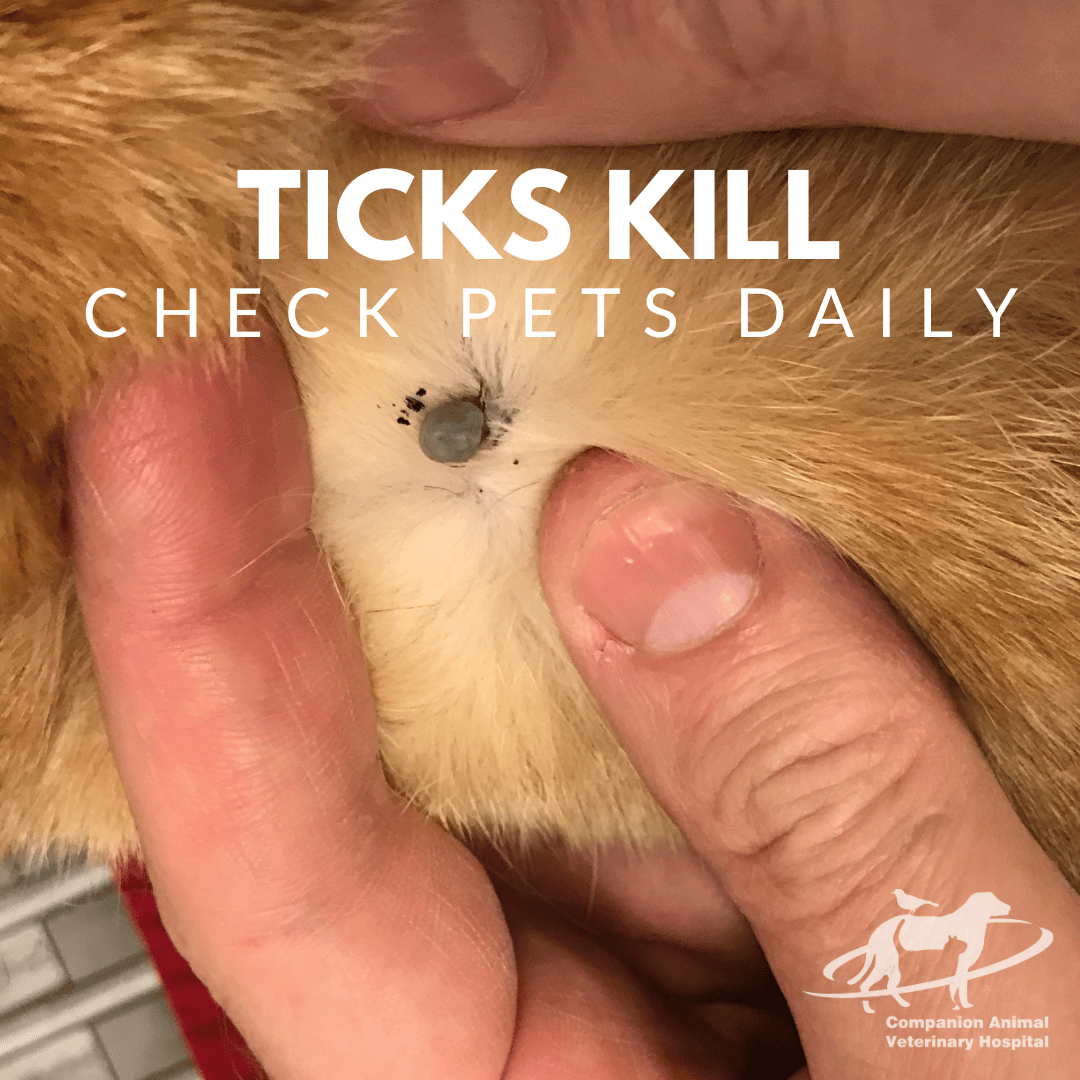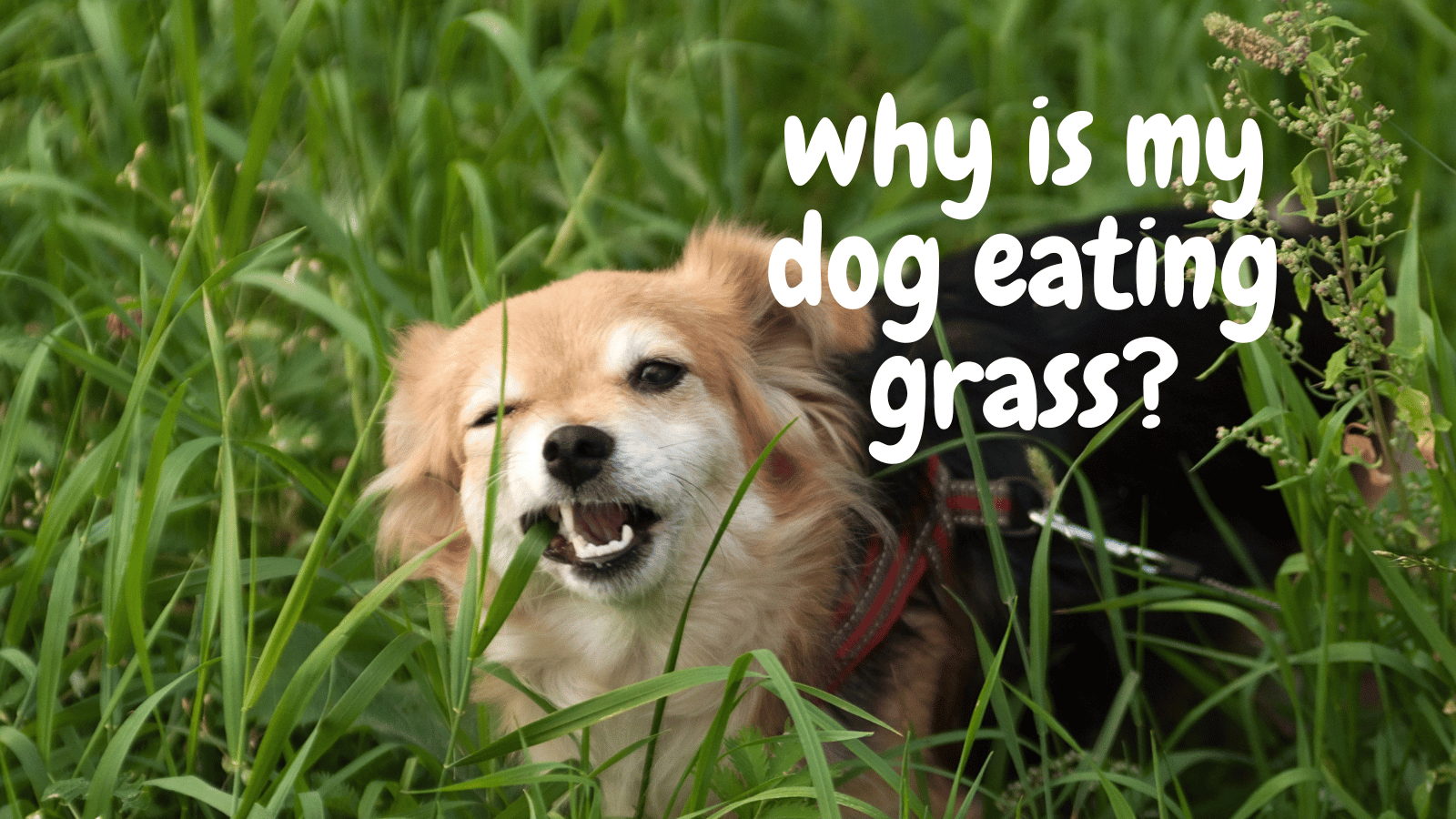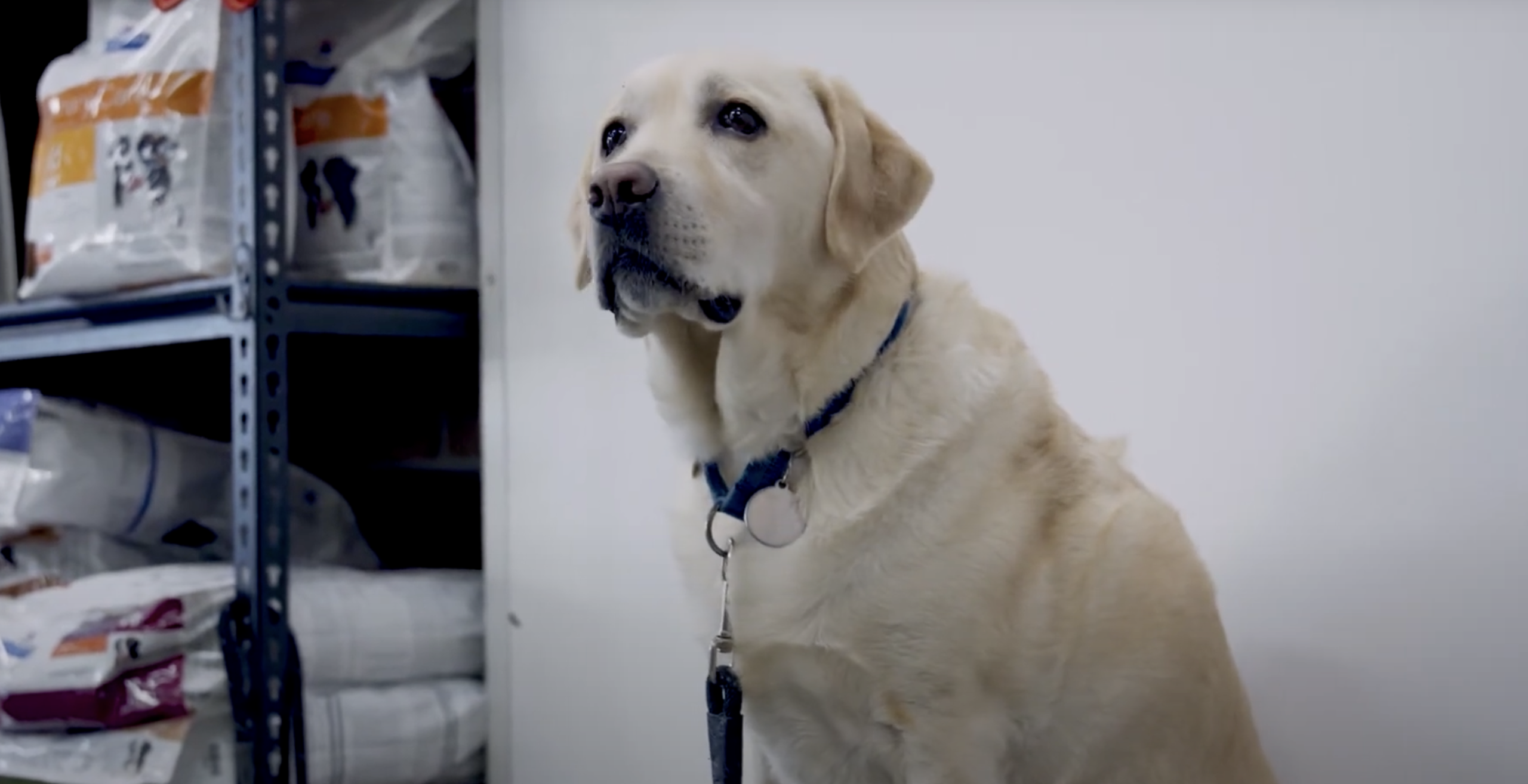Today, I want to give you a behind-the-scenes look at a typical day in our clinic, focusing on a canine castration procedure. It’s an opportunity to understand what goes on during your pet’s surgery and the care we provide.
Preparing for Surgery
Our day begins with preparing a Labradoodle named Faman for his desexing procedure. The process starts with administering a pre-medication to help him relax. This sedative doesn’t knock him out but makes him more sedate, easing the process of inserting a catheter and administering anaesthesia.
The Role of Our Trainee Nurse
Lydia, our trainee nurse, plays a crucial role in the process. She assists with the induction of anaesthesia and monitors Faman throughout the procedure. Her responsibilities include ensuring that Faman is comfortable during recovery and that all his post-procedure needs are met.
The Anaesthesia Process
Once Faman is sedated, we insert a catheter and connect him to an anaesthesia machine. Lydia carefully monitors his heart rate, respiratory rate, and other vital signs. We use a tube to maintain his airway and ensure he receives a steady flow of anaesthetic gas.
The Surgery
During the castration, we maintain a sterile environment. Lydia opens the surgical kit in a specific way to ensure sterility. We perform a ‘time out’ before starting – a checklist to ensure everything is in order. As the surgery progresses, Lydia continues to monitor Faman’s vitals, adjusting the anaesthesia as needed.
Post-Surgery Care
After the surgery, we gradually reduce the anaesthetic gas, allowing Faman to wake up safely. Lydia cleans the surgical site and prepares him for recovery. We place him in a comfortable area with a warm heat disc and monitor him until he’s stable enough to stand. Once he’s more awake, we administer post-operative pain relief.
Safety for Pets and Staff
Safety is a priority for both our patients and staff. We flush out the anaesthetic gas from Faman’s system to ensure a safe environment for everyone in the clinic. This step is crucial for Faman’s recovery and our team’s health.
Wrapping Up
The procedure concludes with another ‘time out’ to review any issues and confirm post-operative care. Faman then spends time in recovery under close observation until he’s ready to go home with post-operative care instructions and pain relief medication.
Conclusion
Castration is a routine procedure at our clinic, but we treat each case with the utmost care and attention. Our team, including our dedicated trainee nurses, works tirelessly to ensure your pet’s safety and comfort.
